he toxic truth about Sugar
In most cases people do not even know how much sugar they consume each day. Mainly because it is “hidden” in a lot of the every day food we buy. Of all products in the grocery store, about 70 – 80% have sugars. For years (and probably still today) everyone is concerned about fat and will look for products that are low in fat or “fat free”. To make these fat free products palatable, you will have to substitute the fat for something else and guess what that something else is – sugar!
To give you an idea on how much sugar we are talking about and is “hidden” in the products we buy every day, I have outlined some examples below. To make it more visual, I used the following calculation to show you the number of teaspoons of sugar in each product (4 grams of sugar = 1 teaspoon (tsp)).
1 can of Coke (12 fl oz) has 39 grams of sugar, which is almost 10 tsp.
Some other examples of everyday products that have toxic sugars are:
- Starbucks Frappuccino Vanilla light (9.5 fl oz) – 2¾ tsp
- Red Bull Energy drink (8.4 fl oz) – 6¾ tsp
- Powerade sports drink (12 fl oz) – 5¼ tsp
- Cereal Cookie Crisp whole grain (¾ cup) – 2¼ tsp
- Campbell’s Cream of Mushroom soup (1 can) – 1 tsp
- Barilla Tomato & Basil all natural pasta sauce (½ cup) – 2¼ tsp
- Heinz Tomato Ketchup (1 tablespoon) – 1 tsp
- Hidden Valley Ranch fat free dressing (2 tablespoons) – ¾ tsp
- Wonder bread (2 slices) – 1¼ tsp (I know I did pick a great sample! but it is interesting to see how much sugar there is in bread)
- Jif reduced fat creamy peanut butter (1 tablespoon) – 1 tsp
- 2 bars of Nature Valley granola Oats ‘n Honey – 3 tsp
While all sugars can have an impact on your health, the ones that have the biggest impact, are the ones that have the highest percentage of fructose. At this point I am not even talking about artificial sweeteners and their health impact, a topic for a different article!. All this leads to the next question, are all sugars created equal?
All sugars are carbohydrates and all contain the same amount of calories, but they are metabolized differently and they come in different forms (adding a little chemistry here…). The main structures are monosaccharides, disaccharides and polysaccharides. Disaccharides are two monosaccharides stuck together, and for every disaccharide, an enzyme splits it into monosaccharides so it can be absorbed through the digestive track into the bloodstream.
Fructose and glucose breakdown in sugars:
- Sucrose (white table sugar, granulated cane sugar and beet sugar) is a disaccharide and consists of two monosaccharides glucose and fructose. 50% fructose and 50% glucose to be exact
- Maltose (malt sugar) is a disaccharide and is all glucose
- Lactose (milk sugar) is a disaccharide consisting of glucose and galactose
The breakdown of the percentage of fructose and glucose in some other sugars:
- Agave Sugar is 90% fructose and 10% glucose
- High Fructose Corn Syrup (HFCS) consist of 55% fructose and 45% glucose (can go up to 90% fructose)
- Coconut sugar, maple syrup and honey have between 35% to 48% fructose
- Dates have 33% fructose and the remainder is glucose
The problem with fructose is the fact that it goes directly to the liver and gets processed into fat. It also does not shut down the hunger signals in the brain, which means that even after you have consumed enough calories in the form of fructose, you still want to eat more. Actually when you compare the total food intake between someone that has a sugary drink (e.g. a Coke) vs. someone that drinks water, the person that had the sugary drink eats more. While you would think that the calories in the drink would make them eat less.
The difference between Glucose and Fructose is significant. Check out the details in the image on the left.
After reading the above facts about fructose, you might wonder; “what about the sugars in fruits and vegetables?” Fructose naturally exists in fruits and vegetables but is “wrapped” with fibers. The great thing is that wherever there is fructose in nature, there is way more fiber (e.g. sugarcane). This way it limits the amount of fructose you can take in, reduces the insulin response and it provides you with essential nutrients and all of this will make your liver work better.
Natural Sugars
The below sugars are all natural and are all less processed than refined white table sugar. This means that it will create fewer fluctuations in blood sugar levels. Although these sweeteners are generally safer alternatives to white table sugar, they should still be used in moderation. The first two are my favorites and the ones I use.
Maple Syrup:
Boiling-down maple tree sap is how you make maple syrup. Besides having a great flavor, it is a great source of manganese and zinc. One of the advantages of maple syrup compare to agave is that it has a much lower fructose percentage. Make sure that you buy 100% pure maple syrup and not maple syrup that is flavored with corn syrup. The difference in grade is that Grade B maple syrup is much stronger in flavor and said to have more minerals than Grade A.
Dates (date sugar or date paste):
In most cases I use dates or date paste but you can also use date sugar. Date sugar consist of finely ground dehydrated dates, utilizing this fruit’s vitamins, mineral and fiber content. Date sugar can be used as a direct replacement for sugar and comes in granulated form; however, it can clump and does not melt, making it an impractical substitution for certain baked goods and beverages. I tried to make my Kombucha with date sugar one day and because of the fact that it does not melt, it did not dissolve in the tea and the results were that I had to throw it all away.
The ones I have not tried as much but are on my list (mainly because of the percentage of maltose) are:
Barley Malt Syrup:
Barley malt syrup is a thick, sticky, dark brown sweetener and is about half as sweet as refined white table sugar. It is made from steeping in water, sprouting, roasting, mashing, cooking, filtering and concentrating of barley. Many consumers prefer this natural sweetener because it moves through the digestive track slower than other refined sugars. It contains approximately 65% maltose, 30% complex carbohydrates and 3% protein. Barley malt can also come in the form of powder and is not gluten free.
Brown Rice Syrup:
Brown rice syrup is brown rice that has been ground and cooked, converting the starches into maltose. Brown rice syrup tastes like moderately sweet butterscotch. In recipes, substitute each cup of white sugar with 1¼ cup brown rice syrup and reduce the amount of other liquids by ¼. Brown rice syrup is roughly 50% complex carbohydrates, 45% maltose and 3% glucose. The small amount of glucose is directly absorbed into the bloodstream, but the complex carbohydrates and maltose are much more slowly absorbed, providing you with a steady supply of energy. The other added benefit is that brown rice syrup is gluten and wheat free.
In the end – it all adds up. . .
In 2003 the World Health Organization (WHO) recommended about 6 tsp/day for women and 9 tsp/day for men but most of us consume about 26 tsp/day, which is almost 100 pounds per person each year. I can tell you that I do not consume 26 tsp/day, so there is even more to divide up among all of you.
To make sure that the calculation of the amount of sugars in processed food is even more complex and “hidden” from the consumer, the labels of processed foods will not give you a daily value recommendation for sugar. This is because the US (actually the food industry in the US), disagreed with the WHO on their daily value recommendation. So it is up to the consumer now to calculate how much of the daily value recommendation is in a certain product and at the same time not get “tricked” by the portion sizes on the label!
For the food industry, sugar is a very important ingredient because it is a preservative, it tampers with your appetite controls and it is showing signs of addictive qualities. Great to make you, as consumer, crave more food like you cannot stop eating it.
Dr. Robert Lustig, a professor of pediatrics at the University of California, San Francisco, wrote in The Atlantic that:
“The brain’s pleasure center, called the nucleus accumbens, is essential for our survival as a species… When you consume any substance of abuse, including sugar, the nucleus accumbens receives a dopamine signal, from which you experience pleasure. And so you consume more. The problem is that with prolonged exposure, the signal attenuates, gets weaker. So you have to consume more to get the same effect — tolerance. And if you pull back on the substance, you go into withdrawal. Tolerance and withdrawal constitute addiction.”
So be aware about the toxic truth about sugar and the dangers that come with it. I hope that this article gave you a little more information about sugars so you will be more prepared the next time you go shopping. To me processed carbohydrates, meaning sugars and flours are the main reason that we are dealing with obesity and other chronic diseases these days and I will probably spend more blog-time explaining how to deal with sugar cravings, artificial sugars and more. . .
For more healthy tips, sign-up for my eNewsletter (plus receive my free eBook “10 Simple Steps to a Leaner, Healthier You!”) and/or “Like” my Facebook Page.

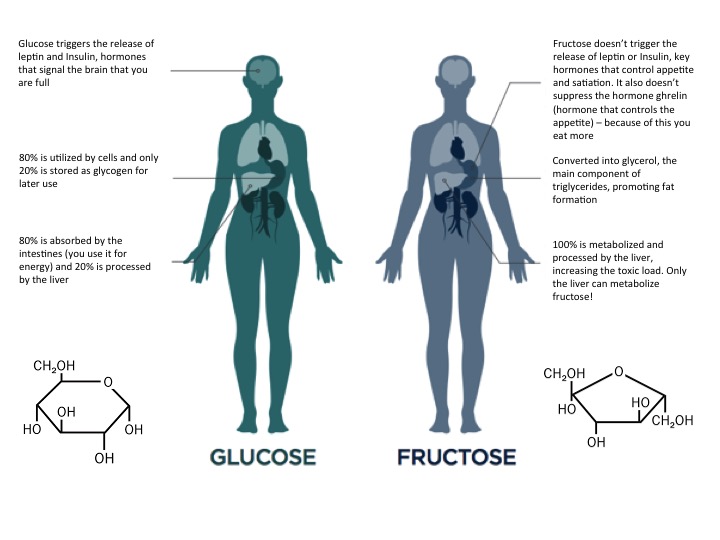

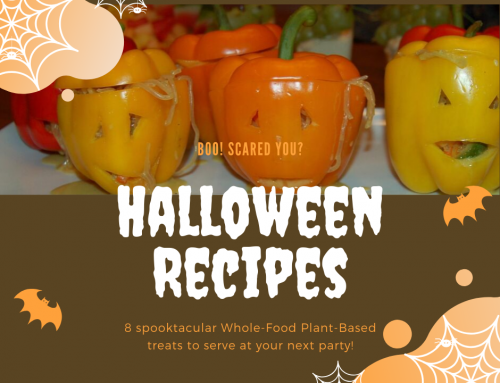
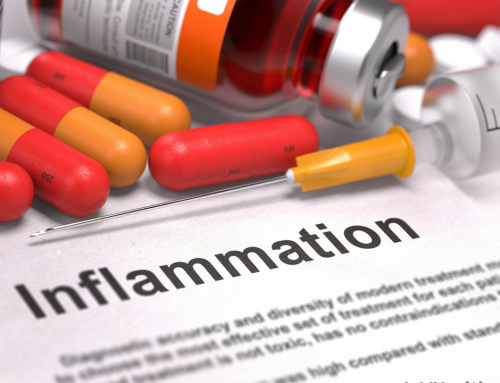

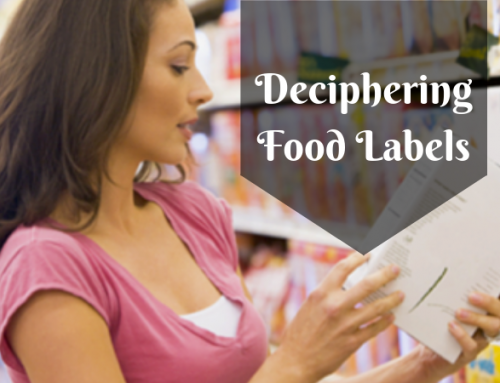
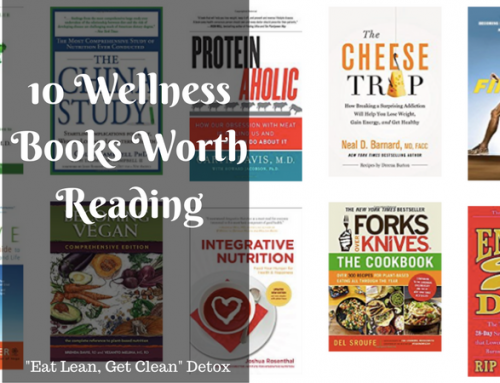

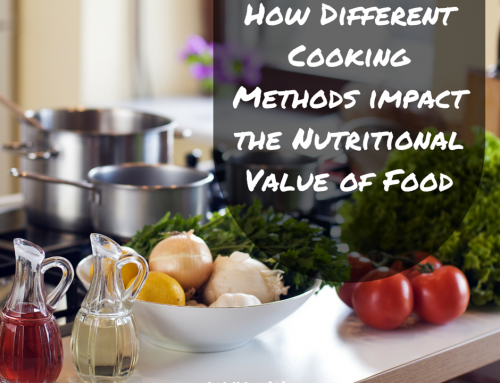


Leave A Comment